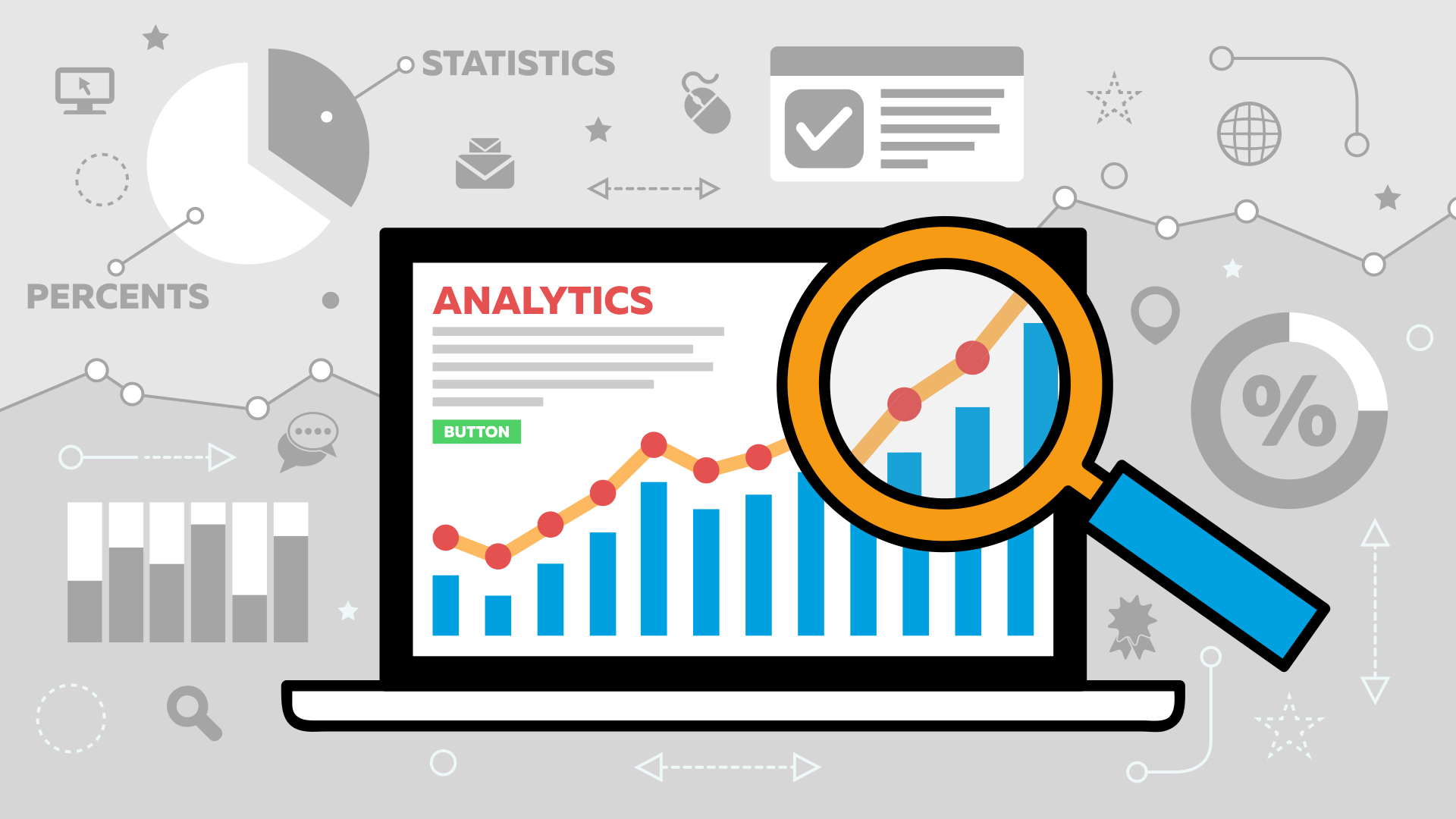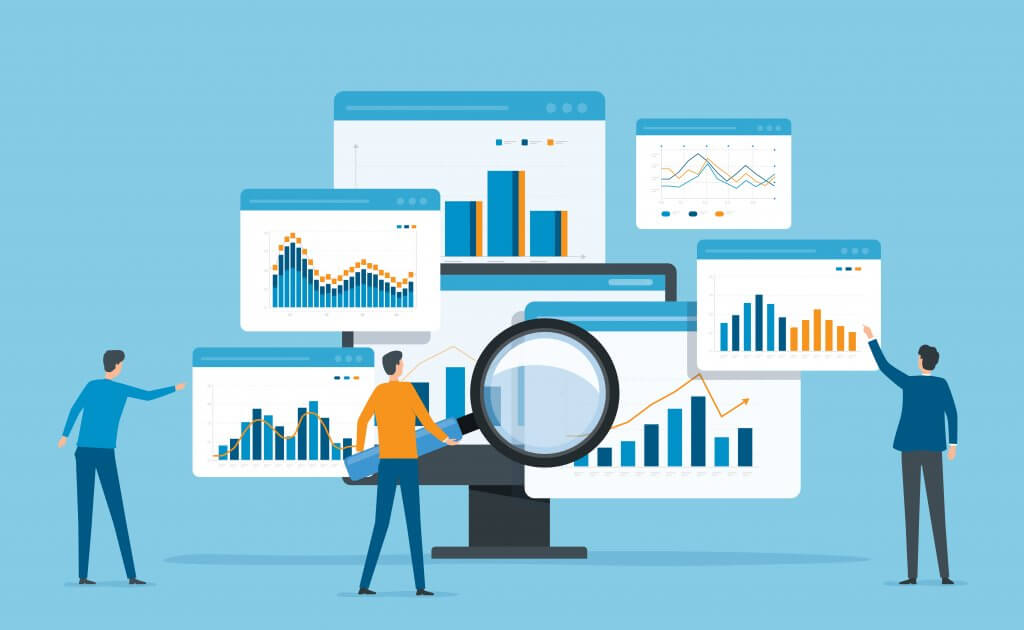In the fast-paced digital landscape, understanding the significance of media data analysis is pivotal for businesses striving to stay ahead of the curve. Media data analysis involves the examination of various types of data generated through media channels, providing valuable insights that can drive informed decision-making.
Definition of Media Data Analysis

Media data analysis encompasses the interpretation and evaluation of data generated across various media platforms. This includes textual data, visual content, and audio data, all of which contribute to a comprehensive understanding of audience behavior, preferences, and trends.
Importance in the Digital Age
In an era dominated by digital interactions, businesses leverage media data analysis to gain actionable insights into consumer behavior, market trends, and the effectiveness of their digital strategies.
The Components of Media Data
A. Textual Data
Analyzing textual data involves examining written content, comments, and reviews. Natural Language Processing (NLP) plays a crucial role in deciphering sentiments and extracting meaningful information.
B. Visual Data
Images and videos are integral components of media data. Advanced analytics tools enable businesses to gain insights from visual content, understanding the impact of images and videos on audience engagement.
C. Audio Data
With the rise of podcasts and audio content, analyzing audio data becomes essential. Machine learning algorithms can be employed to transcribe and analyze spoken words, uncovering patterns and trends.
Tools and Technologies
A. Data Mining
Data mining techniques are applied to discover patterns and relationships within large datasets. This aids in identifying correlations and extracting valuable information from complex media data.
B. Machine Learning Algorithms
Machine learning algorithms contribute to predictive analytics, helping businesses anticipate trends and make data-driven decisions. These algorithms can identify patterns in media data, enabling personalized content recommendations and targeted advertising.
C. Natural Language Processing (NLP)
NLP enhances the analysis of textual data by enabling machines to understand and interpret human language. This technology is pivotal in sentiment analysis, allowing businesses to gauge public opinion and tailor their strategies accordingly.
Applications of Media Data Analysis
A. Social Media Insights
Media analysis provides insights into social media interactions, helping businesses understand the sentiments and preferences of their audience. This information is invaluable for crafting targeted and resonant content.
B. Content Optimization
Understanding how audiences engage with content allows businesses to optimize their media strategies. Analysis of user behavior helps refine content creation and distribution, ensuring maximum impact.
C. Audience Targeting
Media analysis facilitates precise audience targeting. By understanding the demographics and preferences of their audience, businesses can tailor their campaigns to specific consumer segments, enhancing the effectiveness of marketing efforts.
Challenges
A. Data Privacy Concerns
As businesses collect and analyze vast amounts of data, ensuring privacy and compliance with regulations becomes a significant challenge. Striking a balance between data utilization and privacy protection is crucial.
B. Accuracy and Reliability
The accuracy of insights derived from media data analysis is paramount. Businesses face challenges in ensuring the reliability of data sources and the precision of analytical models.
C. Handling Big Data
The sheer volume of data generated across media platforms presents a challenge in terms of storage, processing, and analysis. Effectively managing big data is essential for deriving meaningful insights.
Best Practices in Media Data Analysis
A. Data Cleaning and Preprocessing
Ensuring data accuracy begins with thorough cleaning and preprocessing. Removing outliers and irrelevant data contributes to more reliable analytical results.
B. Continuous Monitoring and Adaptation
The digital landscape is dynamic, and strategies must evolve accordingly. Continuous monitoring of media data and adapting analytical approaches ensures relevancy and effectiveness.
C. Collaboration Across Teams
Media analysis involves collaboration across departments. Breaking down silos and fostering communication between data analysts, marketers, and content creators enhances the overall impact of analysis on business strategies.
Future Trends
A. Integration with Artificial Intelligence
The integration of media analysis with artificial intelligence is a burgeoning trend. AI enhances the predictive capabilities of analysis, opening new avenues for data-driven decision-making.
B. Predictive Analysis
The future of media data analysis lies in predictive analytics. Businesses will increasingly rely on predictive models to anticipate trends and proactively adjust their strategies.
C. Evolving Technologies
Technological advancements will shape the landscape of media analysis. Keeping abreast of emerging technologies ensures that businesses can harness the full potential of their data.
Conclusion
In conclusion, media data analysis is an indispensable tool for businesses navigating the complexities of the digital age. From understanding audience behavior to optimizing content strategies, the insights derived from media data analysis drive informed decision-making. However, challenges such as data privacy and the evolving nature of technology must be addressed for effective implementation.
Experience the Power of Media Data Analysis with AIM Technologies! Request a Demo Today!
FAQs
How can businesses ensure the privacy of data in media analysis?
- Businesses can implement robust data protection measures, including encryption and compliance with relevant regulations.
What role does artificial intelligence play in media analysis?
- Artificial intelligence enhances predictive capabilities, enabling businesses to anticipate trends and make proactive decisions.
Why is continuous monitoring crucial in media analysis?
- The dynamic nature of the digital landscape requires continuous monitoring to adapt analytical approaches and ensure relevancy.
How does media analysis impact content optimization?
- Media analysis provides insights into audience engagement, allowing businesses to optimize content for maximum impact.
What challenges are associated with handling big data in media analysis?
- Managing the sheer volume of data requires effective storage, processing, and analysis capabilities.


